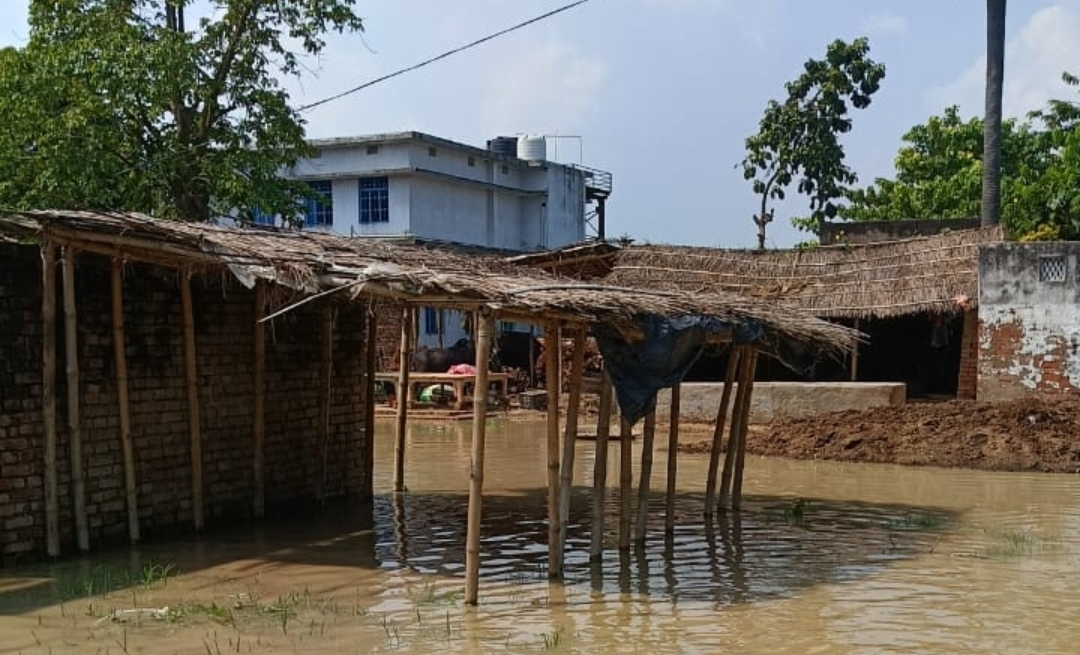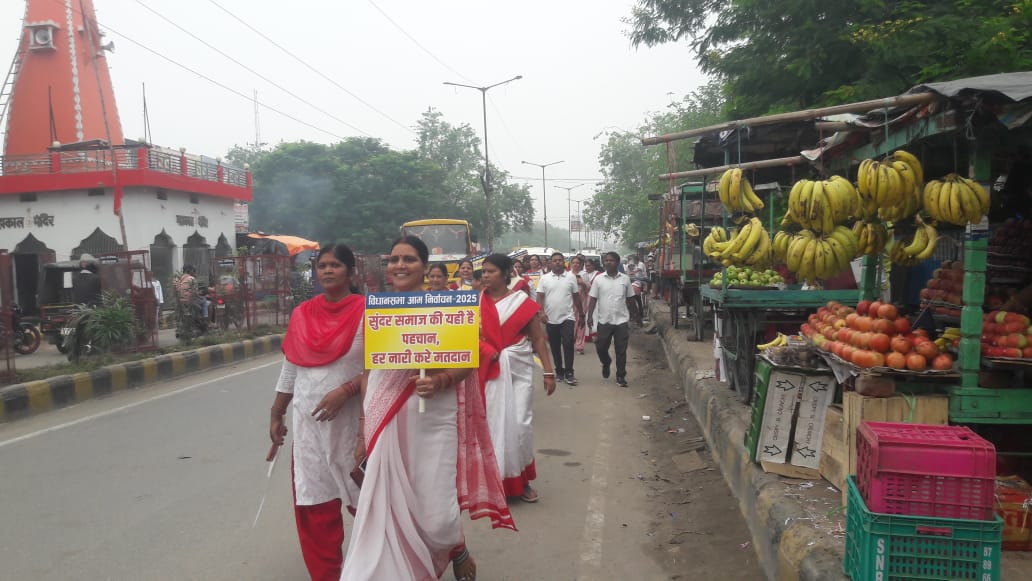Kathua, August 17: Seven people, including five children, lost their lives and four others sustained injuries on Sunday after a cloudburst triggered flash floods and landslides in Kathua district of Jammu and Kashmir. Rescue and relief operations, involving the Army, paramilitary forces, police, and district administration, are continuing in Jodh Ghati and adjoining areas.
This disaster comes just days after the Kishtwar cloudburst on August 14, which killed at least 68 people, injured more than 100 , and left over dozens missing, underscoring the region’s growing vulnerability to extreme weather events.
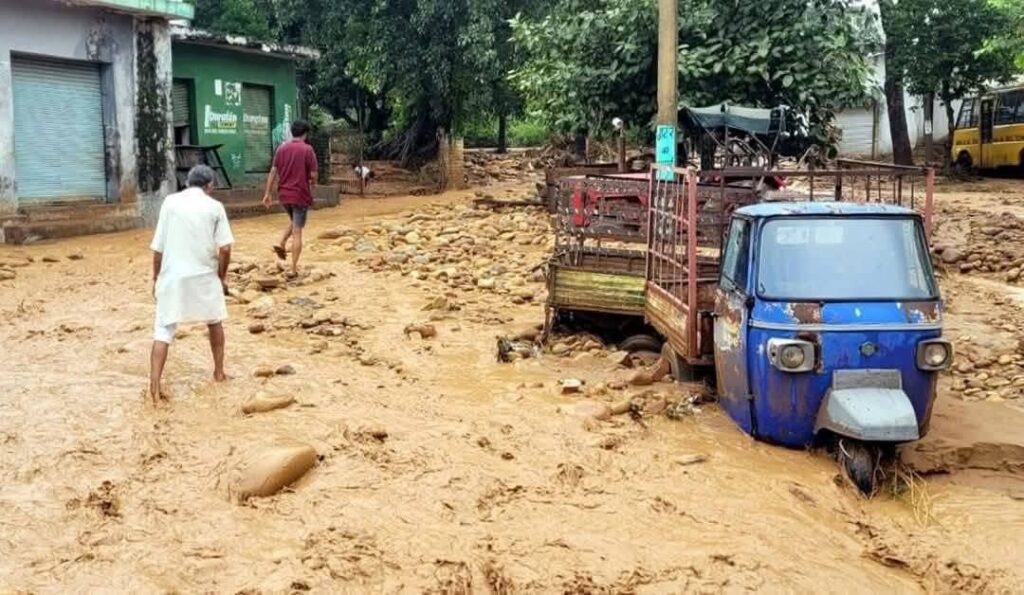
Lieutenant Governor Manoj Sinha and the Chief Minister expressed grief over the Kathua tragedy, describing the loss of young lives as “mind-numbing.” The Chief Minister announced ex-gratia relief through the CM’s Relief Fund in addition to SDRF support: ₹2 lakh for each deceased, ₹1 lakh for the seriously injured, and financial aid for damaged houses. Union Home Minister Amit Shah also assured “every possible assistance” from the Centre after speaking with state authorities.
Fragile Ecosystem, Rising Risks
Experts say Jammu and Kashmir lies in a delicately balanced Himalayan ecosystem where climate change and human activity have combined to magnify disaster risks.
Between 2010 and 2022, the region recorded 168 extreme weather events, including flash floods and cloudbursts, with six such incidents reported in 2023 alone.
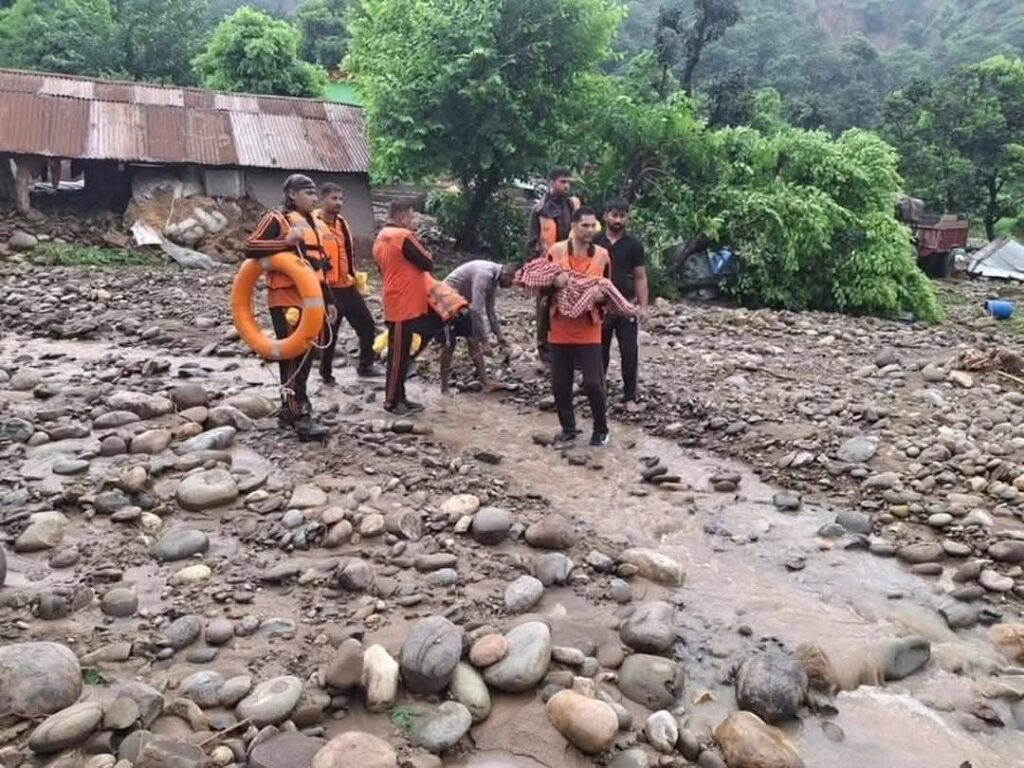
A recent study has shown a sharp increase in the frequency of cloudbursts across the northwestern Himalayas, linked to rising global temperatures and erratic monsoon cycles.
Deforestation, unregulated construction, and road-building have further destabilized fragile slopes, reducing the land’s natural capacity to absorb intense rainfall.
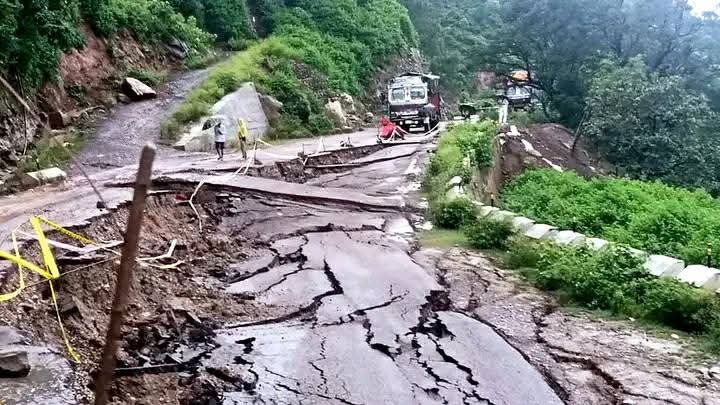
“Cloudbursts are no longer rare occurrences—they are becoming seasonal disasters,” said an environmental researcher. “Unless land-use policies are revised and early-warning systems strengthened, such tragedies will continue to claim lives.”
Calls for Long-Term Action
Civil society and religious leaders have also raised concern. Mirwaiz Umar Farooq expressed condolences, calling the back-to-back cloudbursts in Kishtwar and Kathua a “wake-up call” and stressing that “protecting nature is protecting human life.”
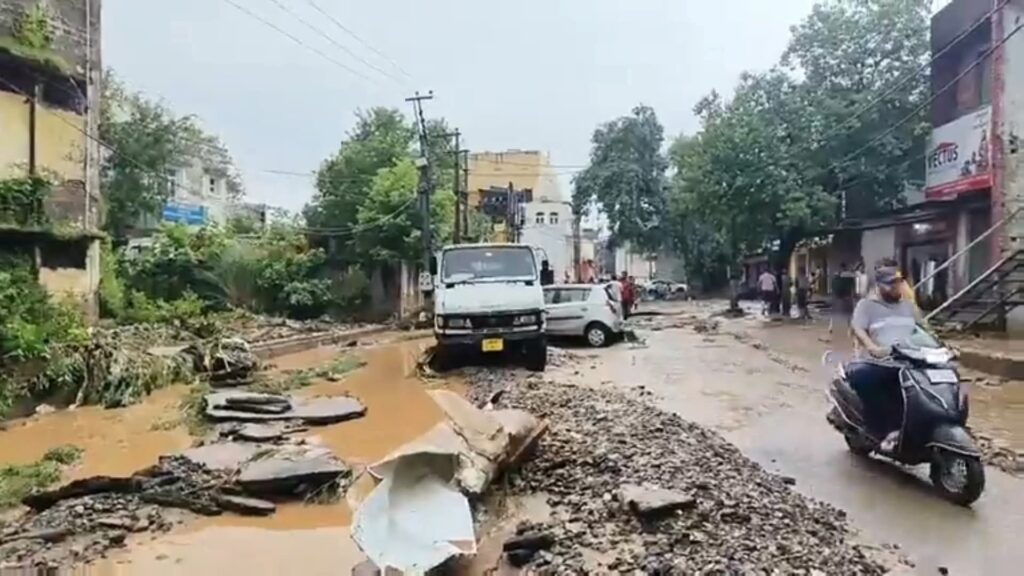
Scientists warn that Jammu and Kashmir must urgently invest in rainfall monitoring networks, glacial lake surveillance, and disaster-resilient infrastructure while restricting reckless development in ecologically sensitive areas.
For now, grief grips Kathua as families mourn their dead and survivors struggle to rebuild. But with disasters striking with increasing frequency, the larger challenge lies in whether policymakers will move beyond relief announcements to a sustainable climate and disaster management strategy.
Report: Mansoor Qadir, ITN.


